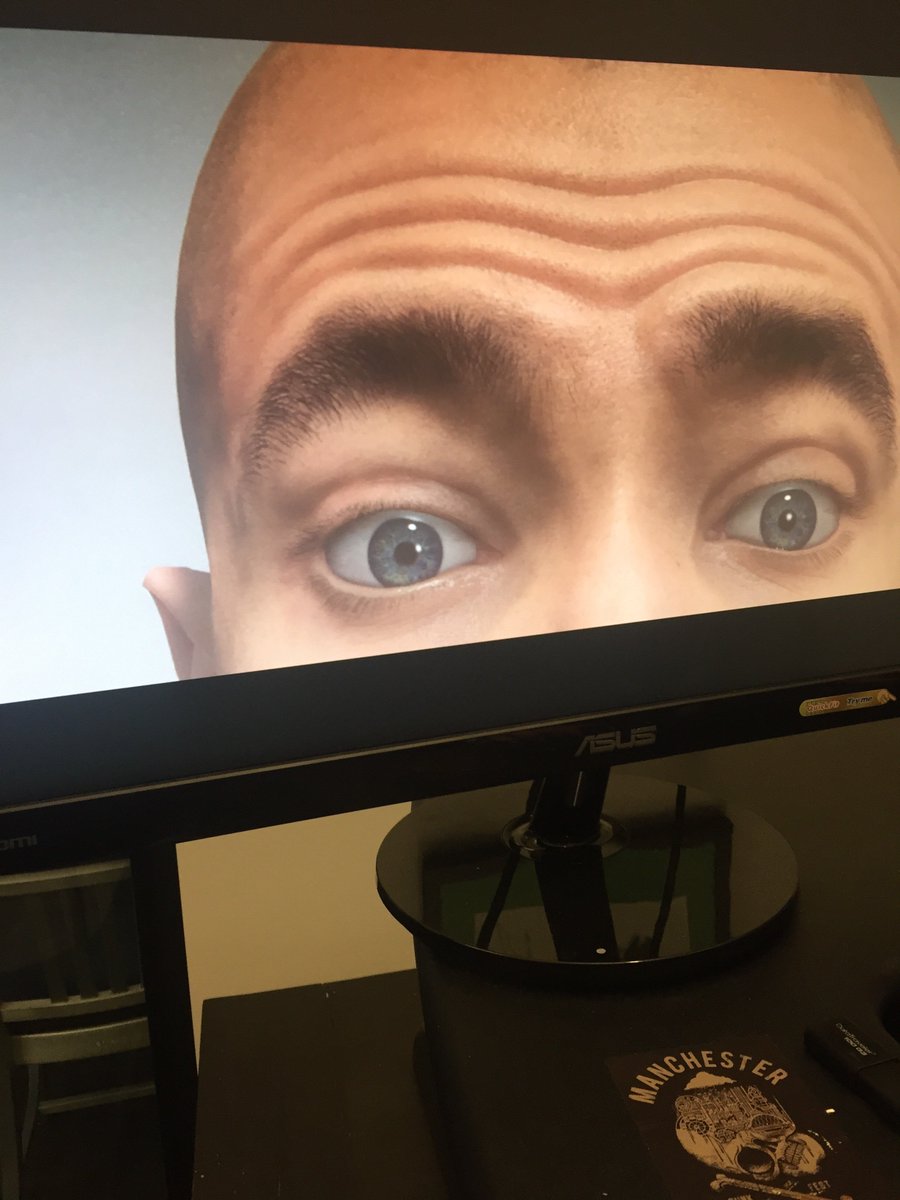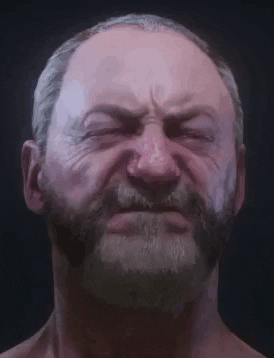n most planet-side games – which is most games – the sun is either an unmoving source of light or a faked source of light. This plugs into the “we're used to being lied to” statement that Tracy made, but also reinforces the point that, normally, it doesn't really matter. Just like in movies where stunts might be done by a double, the small tricks can be ignored in favor of the greater story and immersion.
With games where the sun “sets,” like Skyrim, to borrow the Elder Scrolls example, that star is actually just a source of light that's traced across the sky. The planet isn't actually moving. Intuitively, we all know this; it'd be silly to rotate Nirn just to create a day-night cycle. That's an awful lot of logic to keep all the objects and clipping fixed, but spin them about an axis, and the player will never leave the earth (at least, without mods) anyway. The team cheats, then, and instead keeps the planet fixed while moving a source of light across the sky, pursuant to some timing. Of course, there's not really a planet, either – in this particular example, Skyrim is just a collection of cells that exist flatly and independently of one another. They don't coalesce on some sphere to form the planet of Nirn.
But again, we all intuitively know this.
“[The sun] is just in a skybox, it's just a position of a light. Really, all the sun is is a light that doesn't have a convergence point. It's a parallel thing so it just keeps going on forever. The tricky part about decoupling that is less about producing light from some point, but more about how the shadows react. In CryEngine, this is why it was complicated to pull the sun from the sky, so to speak. [...] We have a system called 'cascaded shadow maps,' it's been around for a while and I know a lot of people do use the same sort of system, where you have a really high res one, then a little lower res around it, and you can see it as a bunch of concentric squares that would just be, 'here's your first cascade, second cascade, third cascade,' and each one gets a little less granular, and the biases change.
“So we had to implement basically is cascaded shadow maps on point lights, and then we could pull them out. What is kind of cool is we actually have support for both systems right now. If I drag sunlight out, it turns off the one in the sky, so I can just delete that and it turns the sun back on, so we still have all the CryEngine time of day stuff, but we also have the ability to put our lights in.
“The other big bonus out of decoupling it is we can have multiple suns. Binary systems, or even large events within there that you might want to produce light – something gigantic, big enough that you might see light from it. I can think binary stars is the more obvious usage of it. That's an interesting thing from being able to decouple it.
“[For exploding ships]: How far do you see it? What kind of scales are we talking about? What LOD is that thing at? Do you produce light from it? Do you cast shadows? There's a lot of question marks, and a lot of the time, there's no one person to ask. Very few things [in this game] have people done before. I think that's why a lot of people really like working here, though. It's challenging, but it's also why a lot of times we hit delays, because it just hasn't been done like this before. I explain my job to people as, 'I screw up all day until I don't.'”









 opcorn:
opcorn:




